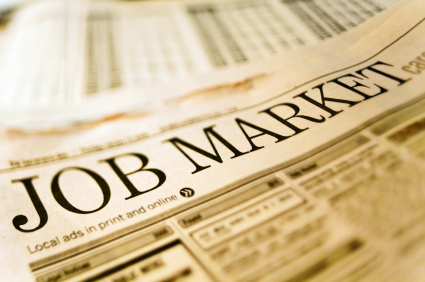Hire More Millennials
A large part of preparing your organization for the future is to begin hiring younger workers. I’m not advising anyone to avoid hiring workers of any age, and certainly not to push out older workers. The fact is, soon 50% of your pool of job candidates will be Millennials, and you’ll want to attract the best of them, even if this requires additional training for inexperienced new hires.
 Although Millennials sometimes get a bad rap, the fact is, the generation brings to the table a great work ethic and desire to do well. Millennials are optimistic and accomplishment-oriented, excel at working in teams and love to be challenged.
Although Millennials sometimes get a bad rap, the fact is, the generation brings to the table a great work ethic and desire to do well. Millennials are optimistic and accomplishment-oriented, excel at working in teams and love to be challenged.
Targeting Millennial candidates means changing how you hire, and the message you send out through job postings. For example, unlike many older job seekers, Millennials welcome working for lean organizations. A job description that includes wearing many hats will actually appeal to Millennials, who value work with variety and many responsibilities.
Other values to target (and follow through on) include the ability to move quickly (not necessarily up), flexibility and the ability to speak up. If your organization does not have family friendly policies like flextime or job-sharing, consider implementing some in order to attract this younger generation—and to keep up with changing work force expectations.
Help your human resources department move away from traditional hiring models to reach today’s Millennial-rich job market.
- Partner with trade schools and high schools that can funnel young workers into your organization. Not sure kids will be willing to start at the bottom? Use these relationships to set expectations of what work will be like, namely that they might have to work their way up or across your organization.
- Ask your managers and supervisors to keep an eye out for sharp, trainable young workers who are ripe for hiring. They may be waiting tables, hooking up your cable TV or sitting next to you on the train.
- Encourage Millennials you have on staff or colleagues and acquaintances who are Millennials to help you network—informally and formally-to rah members of this generation.
Don’t Discount the Boomers and Silents
As your workplace invariably trends younger over the next few years, be wary of generation gaps that may effectively isolate your oldest workers. Those of the Silent Generation, in particular will shrink to a small minority, the youngest of them will be 69 in 2014.
You can bridge these gaps by ensuring that all employees – particularly managers – are trained to understand and appreciate not just the vast reserves of industry knowledge and wisdom that these people hold, but their unique values, work ethic and communication style.
Your organization may benefit from a formal knowledge-sharing program that enables older workers to transfer what they know including implicit knowledge too their colleagues. This will ensure that legacy information and wisdom continues no matter what the age of the people doing the work.
Making the changes I’ve suggested here will help keep your organization vital, contemporary and relevant. Remember, as the baby boomers say, “change is good.”
Diane Thielfoldt, The Learning Cafe
Visit our blog to learn how you can better manage a multi-generational team and/or join us for a FREE WEBCAST on June 20, 2012 from 1:00pm-2:00pm ET.
REGISTER NOW – Space is Limited.
About the Author
Diane, learning strategist and co-founder of The Learning Café, partners with clients to create custom learning solutions that produce business results and support personal growth. Diane is the co-author of the thought leadership chapter on generational issues in the newly published and highly acclaimed Human Resources in the 21st Century. Her articles include Generation Integration-A Case Study of How Xerox Corporation Bridged the Generation Gap Between Two Business Groups, Mentoring for All Ages, Engaging Today’s Workforce and Today in ER, Dr. Welby Meets Doogie Howser: Engaging the Generations in Healthcare. Diane holds undergraduate and advanced degrees from Pennsylvania State University. She is qualified in the Myers-Briggs Type Indicator and a wide variety of testing and assessment tools, including 360 degree feedback.

Comments